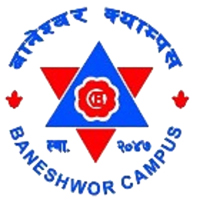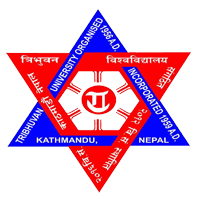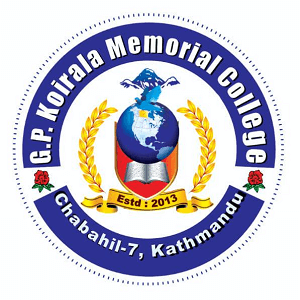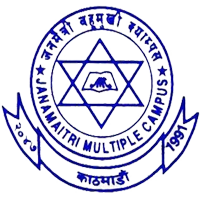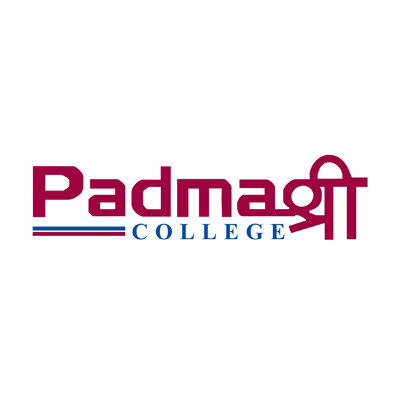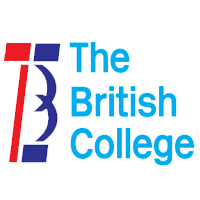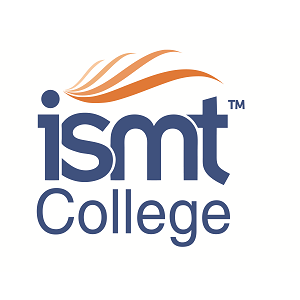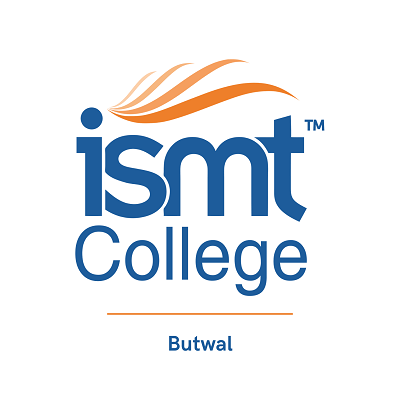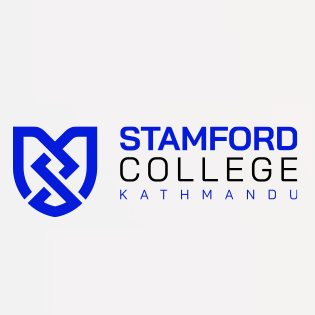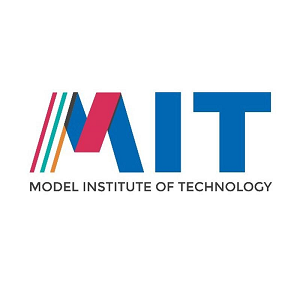Overview
Master of Education in Nepali (MEd Nepali) at Dillibazar Kanya Multiple Campus
MEd Nepali at Dillibazar Kanya Multiple Campus (DKMC), Dillibazar, Kathmandu, provides a Tribhuvan University route for teachers and graduates who want depth in Nepali language, literature, and pedagogy.
You follow TU Faculty of Education rules across four semesters that combine language studies, teaching methods, curriculum work, and research.
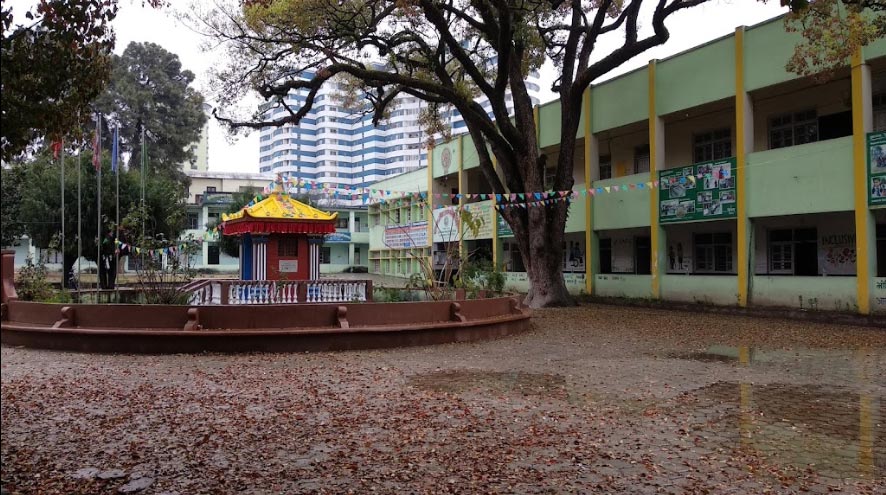
Introduction
Students use MEd Nepali to strengthen classroom practice and academic writing in Nepali. The program connects literature study, language analysis, and teaching methods so lessons feel orderly and purposeful. Faculty guide students through unit planning, assessment preparation, and reflective practice that serves real schools in Nepal.
Highlights
-
Affiliation: Tribhuvan University (Faculty of Education)
-
Level: Master’s (Postgraduate)
-
Duration: 2 years, 4 semesters
-
Credit load: As prescribed by TU for MEd
-
Specialization: Nepali language and literature education
-
Seat capacity: 50
-
Assessment pattern: Internal evaluation plus end-semester exams; thesis or project as per TU
-
Campus setting: Women’s public/community campus at Dillibazar, Kathmandu
Curriculum details
Semester delivery follows TU frameworks. The structure combines professional education courses, specialization papers, and research.
-
Foundations of education: Philosophy, Nepali education context, policy and planning.
-
Educational psychology: Learning processes, motivation, and classroom behavior.
-
Curriculum and evaluation: Syllabus mapping, test blueprints, rubrics, and result analysis.
-
Nepali language and literature: Advanced grammar and usage, stylistics, literary history, major genres, and criticism.
-
Pedagogy of Nepali: Lesson planning, text selection, reading and writing strategies, and classroom language.
-
ICT in education: Productivity tools for lesson materials and record keeping; safe digital practice.
-
Research methodology: Proposal, data collection, analysis, and a thesis or project with supervision.
-
Practice and reflection: School-linked tasks, lesson observations, and teaching demonstrations arranged by the campus.
Reading lists include textbooks, selections from Nepali literature, and articles on language teaching. Students keep a portfolio of lesson plans, assessments, and reflections.
Objectives
-
Language depth: Improve grammar, diction, and stylistic awareness for classroom use.
-
Pedagogic skill: Plan engaging lessons, manage time, and provide clear instructions in Nepali.
-
Assessment literacy: Prepare fair tests, writing tasks, and reading checks with transparent criteria.
-
Research habit: Document classroom issues, collect data ethically, and write an evidence-based report.
Scope
Graduates teach Nepali at secondary and higher levels as per hiring rules. Many serve as department coordinators, exam setters, or resource persons for training sessions. Some move into curriculum support, editing, and children’s literature projects.
Learning outcomes
Students who complete MEd Nepali at DKMC usually can:
-
Plan unit maps and lesson sequences that build skills progressively.
-
Guide reading and writing through model texts, scaffolds, and feedback cycles.
-
Assess language growth using rubrics and simple analytics for class records.
-
Support struggling readers with graded tasks and oral practice.
-
Produce a thesis or project report with clean references and appendices.
Skill development modules
-
Lesson planning studio: Daily and weekly plans, formative checks, and differentiation ideas.
-
Assessment workshop: Item writing, blueprinting, moderation, and record templates.
-
Language lab tasks: Pronunciation, prosody, and clarity of classroom speech.
-
Resource creation: Worksheets, reading passages, and short dictation sets prepared in Nepali.
-
Parent communication: Progress notes, meeting checklists, and brief guidance sheets.
Teaching methodology
-
Workshops and micro-teaching: Demonstration lessons with peer feedback.
-
Seminars: Language, literature, and pedagogy topics presented by students.
-
Field linkage: Observation visits or practice tasks scheduled by the campus.
-
Internal evaluation: Portfolios, assignments, mid-terms, and presentations.
-
Supervision: Proposal review, chapter milestones, and final viva or defense.
Admission requirements
-
Minimum qualification: Bachelor’s degree in Education (B.Ed.) or an accepted equivalent from a recognized university.
-
Academic standing: As prescribed by TU for the current cycle.
-
Selection: Merit screening; test or interview if announced in the campus notice.
-
Documents: Application form, photos, transcripts, character certificate, citizenship/ID, migration if applicable.
-
Seat capacity: 50 (follow the latest DKMC/TU notice for updates).
Career opportunities
-
School and college teaching: Nepali language and literature teaching with appropriate eligibility.
-
Academic coordination: Department coordination, exam cell support, and mentoring of new teachers.
-
Curriculum and materials: Item writing, editing, and supplementary reading projects.
-
Education services: NGO training support, community literacy programs, and documentation.
-
Further study: MPhil/PhD or specialized diplomas in language education.
Scholarships and financial aid
-
Merit route: Partial relief for strong semester performance within campus policy.
-
Need route: Limited support for documented financial need.
-
Activity route: Consideration for service or cultural contribution where announced.
Applicants should monitor campus notices, confirm forms, and submit complete files before deadlines.
Why choose this course?
Students who teach or plan to teach Nepali need strong language control and classroom routines. MEd Nepali at DKMC strengthens both. The campus provides steady supervision and practical tasks that reflect real school expectations in Nepal.
Conclusion
MEd Nepali at DKMC supports teachers who want clearer lessons, fair assessments, and accountable records. Consistent attendance, timely portfolios, and careful drafting of the thesis or project help you meet semester targets without last-minute pressure.
FAQ
Q1. Is teaching practice included at master’s level?
Practice tasks and observation are arranged through the campus plan. Supervision and feedback are part of internal assessment.
Q2. Which specialization papers are offered every year?
Offerings depend on faculty availability and the academic calendar. Check the current notice.
Q3. Can students from non-B.Ed. backgrounds apply?
Eligibility follows TU rules for MEd. Students should review the current admission notice.
Q4. How is assessment handled?
Internal tasks and end-semester exams are conducted under TU rules. Portfolios and viva support final grading.
Q5. What classroom resources will I learn to create?
You prepare lesson plans, reading passages, worksheets, oral practice sets, and assessment tools suited to Nepali classrooms.


